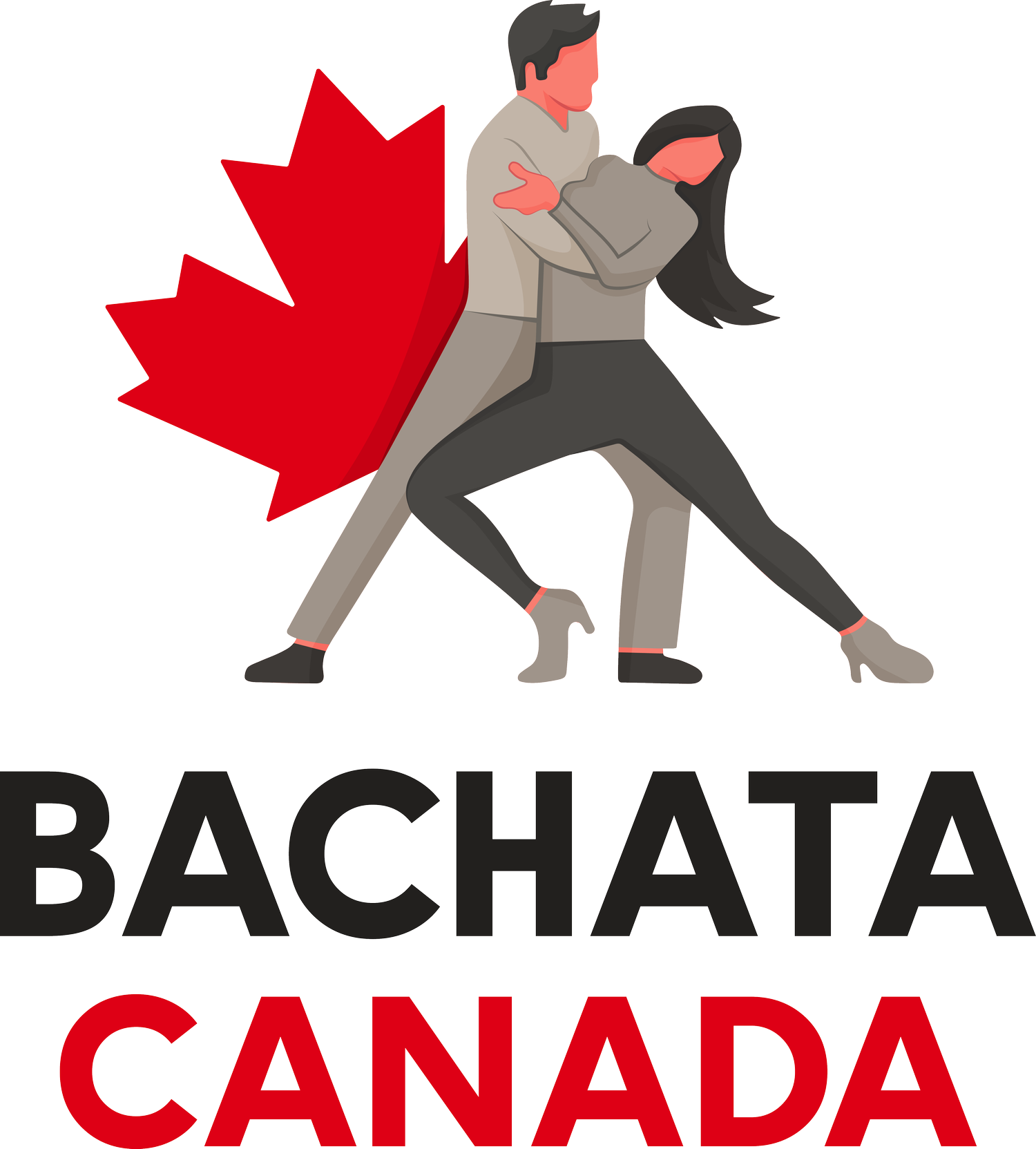The Many Bachatas
As a non-profit organization dedicated to promoting the bachata dance form in Canada, it is important to explore and celebrate the various forms of bachata that have emerged over the years. From the traditional style of bachata to the modern and innovative forms that have evolved in recent years, each style has its own unique history and character that deserves to be explored.
Traditional Bachata
Traditional bachata is the style that emerged in the Dominican Republic in the 1960s, and is characterized by its simple and repetitive rhythm, and its focus on close embrace and sensuality. The music is typically played on instruments such as the guitar, bongos, and bass, and the lyrics often tell stories of love and heartbreak.
In traditional bachata, the basic steps involve a series of side-to-side movements, combined with hip movements and close embrace with the partner. The dance is often slow and sensual, and allows dancers to express their emotions and connect with their partner in a deep and meaningful way.
Bachata Sensual
Bachata sensual is a newer style of bachata that emerged in the 1990s and early 2000s, and is characterized by its fluid and sensual movements, intricate footwork, and more complex partner work. This style is often danced to slower, more romantic songs, and emphasizes the connection between the dancers and the emotions that the music evokes.
In bachata sensual, the basic steps are similar to traditional bachata, but the footwork and partner work are more complex and varied. Dancers often incorporate dips, turns, and lifts into their routines, and use their bodies to express the emotions and passion of the music.
Bachata Elegancia
Bachata elegancia is a style of bachata that emerged in the early 2010s, and is characterized by its elegant and graceful movements, sophisticated footwork, and focus on technique and precision. This style is often danced to faster, more upbeat songs, and emphasizes the grace and fluidity of the movements.
In bachata elegancia, the basic steps are similar to traditional bachata, but the footwork is more complex and precise. Dancers often incorporate turns, spins, and intricate footwork patterns into their routines, and use their bodies to express the grace and fluidity of the music.
Bachata Influence
Bachata influence is a style of bachata that incorporates elements from other dance forms, such as salsa, tango, and ballroom dancing. This style is characterized by its versatility and adaptability, and allows dancers to explore different styles and techniques in their bachata dancing.
In bachata influence, the basic steps are similar to traditional bachata, but the footwork and partner work are often more complex and varied. Dancers may incorporate elements from other dance forms, such as salsa turns, tango dips, or ballroom lifts, to create a unique and innovative style of bachata that is both exciting and challenging.
Conclusion
As a non-profit organization dedicated to promoting the bachata dance form in Canada, it is important to celebrate and explore the various forms of bachata that have emerged over the years. From the traditional style of bachata to the modern and innovative forms that have evolved in recent years, each style has its own unique history and character that deserves to be explored and appreciated.
By promoting and celebrating the various forms of bachata, we can help to build a vibrant and diverse community of dancers in Canada, and ensure that this beautiful and passionate dance form continues to thrive and evolve for generations to come.

